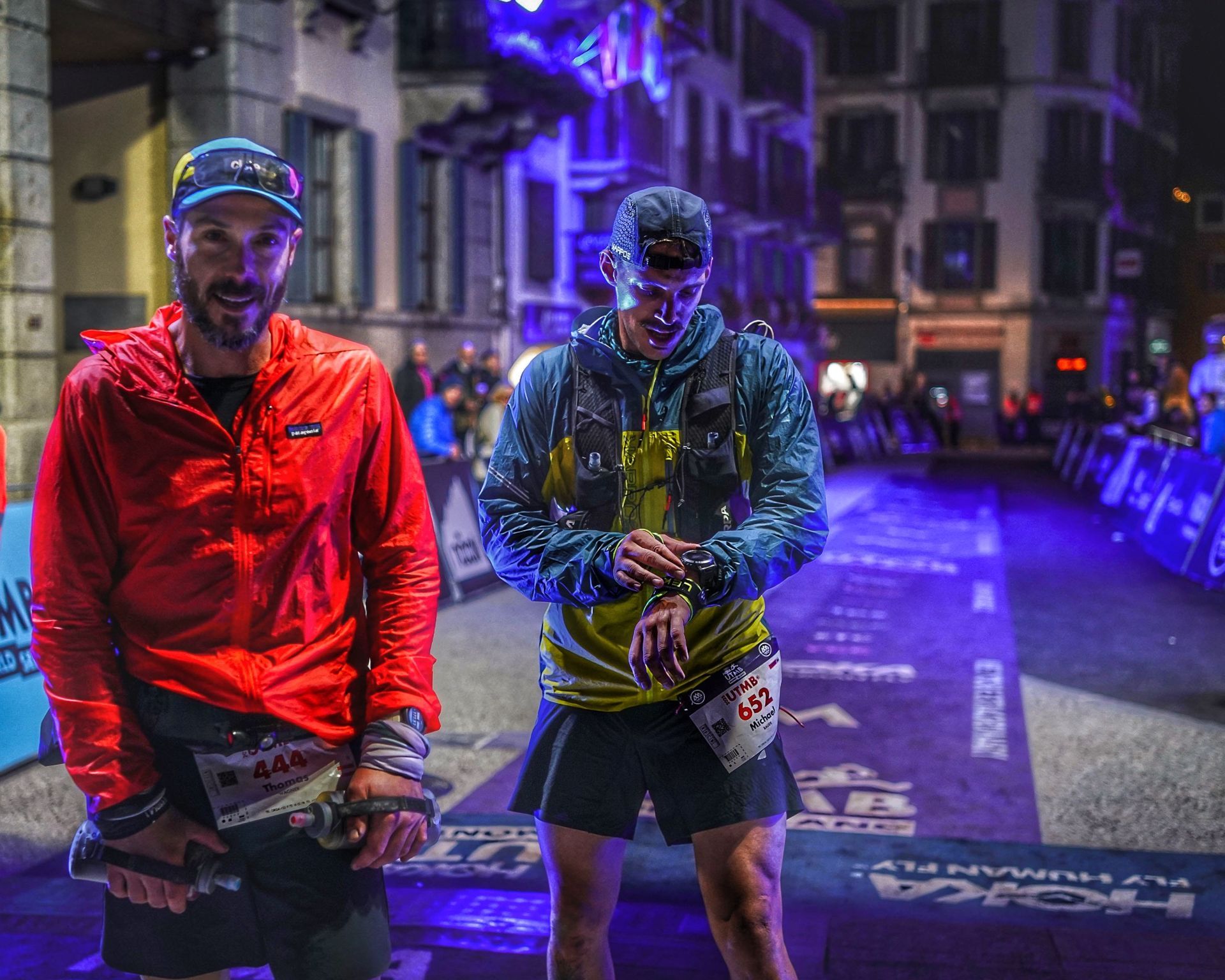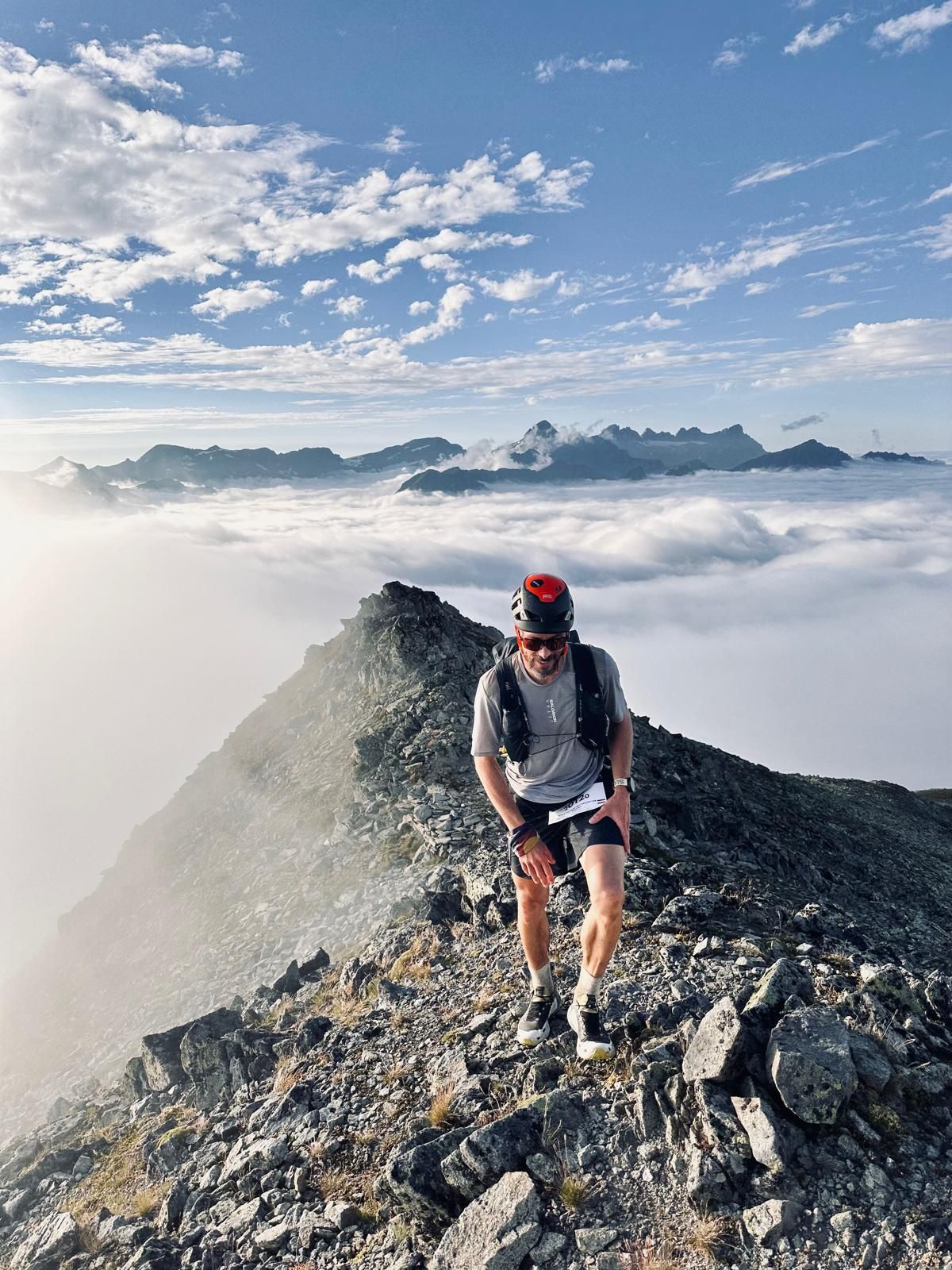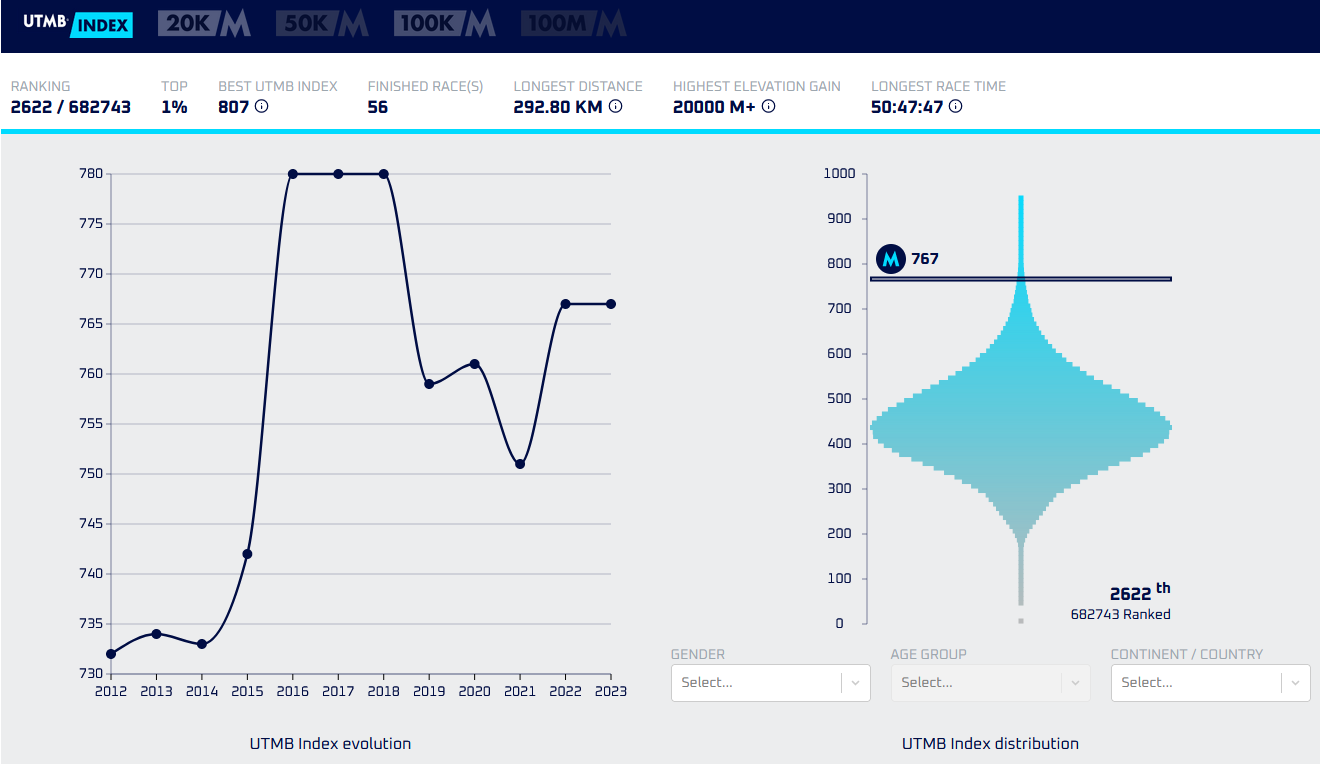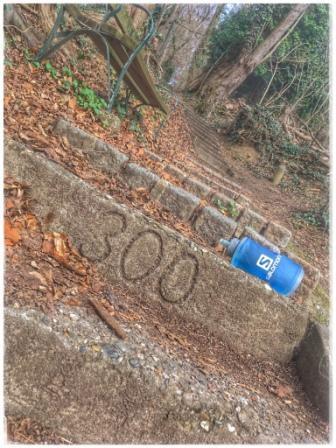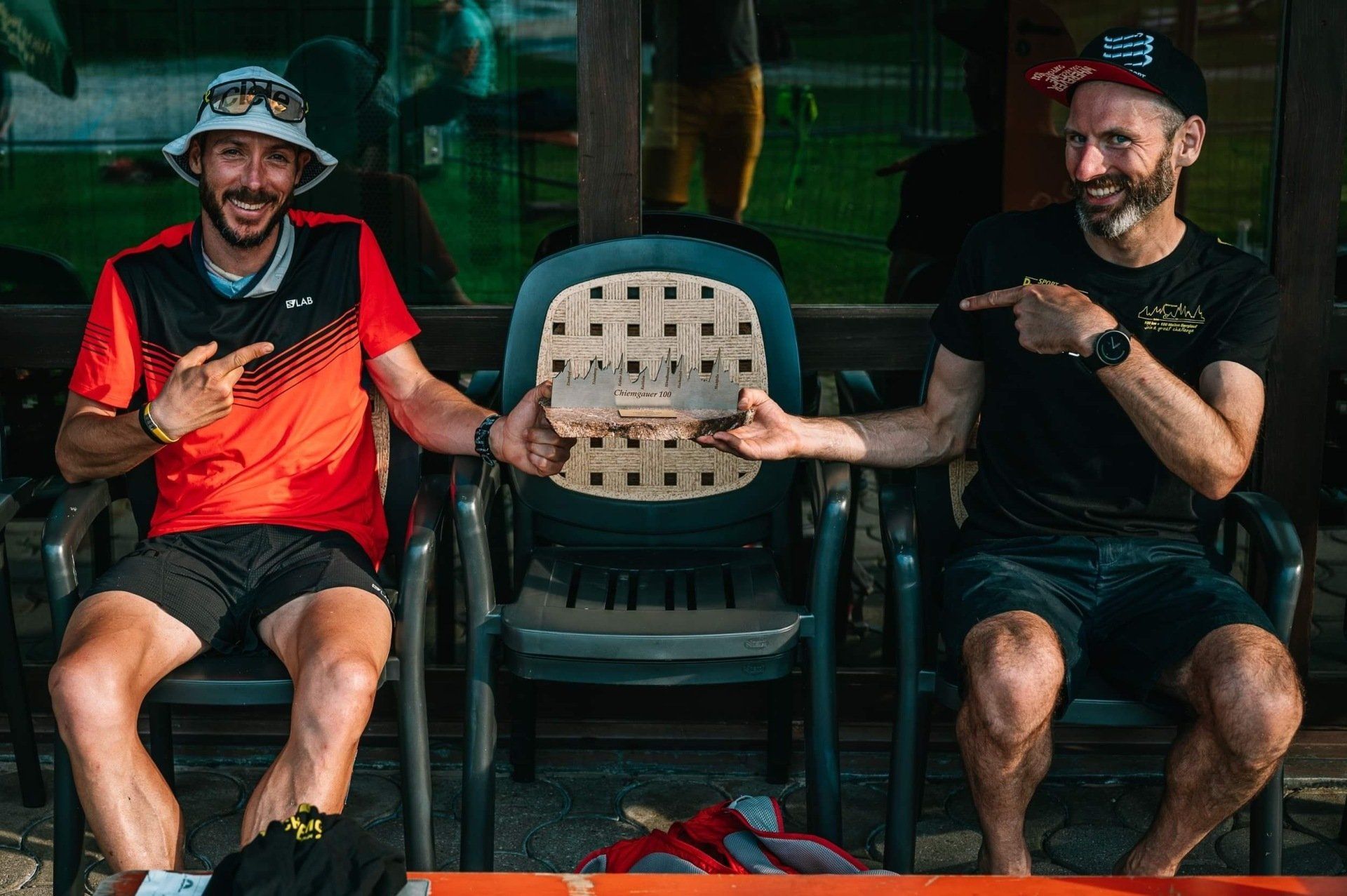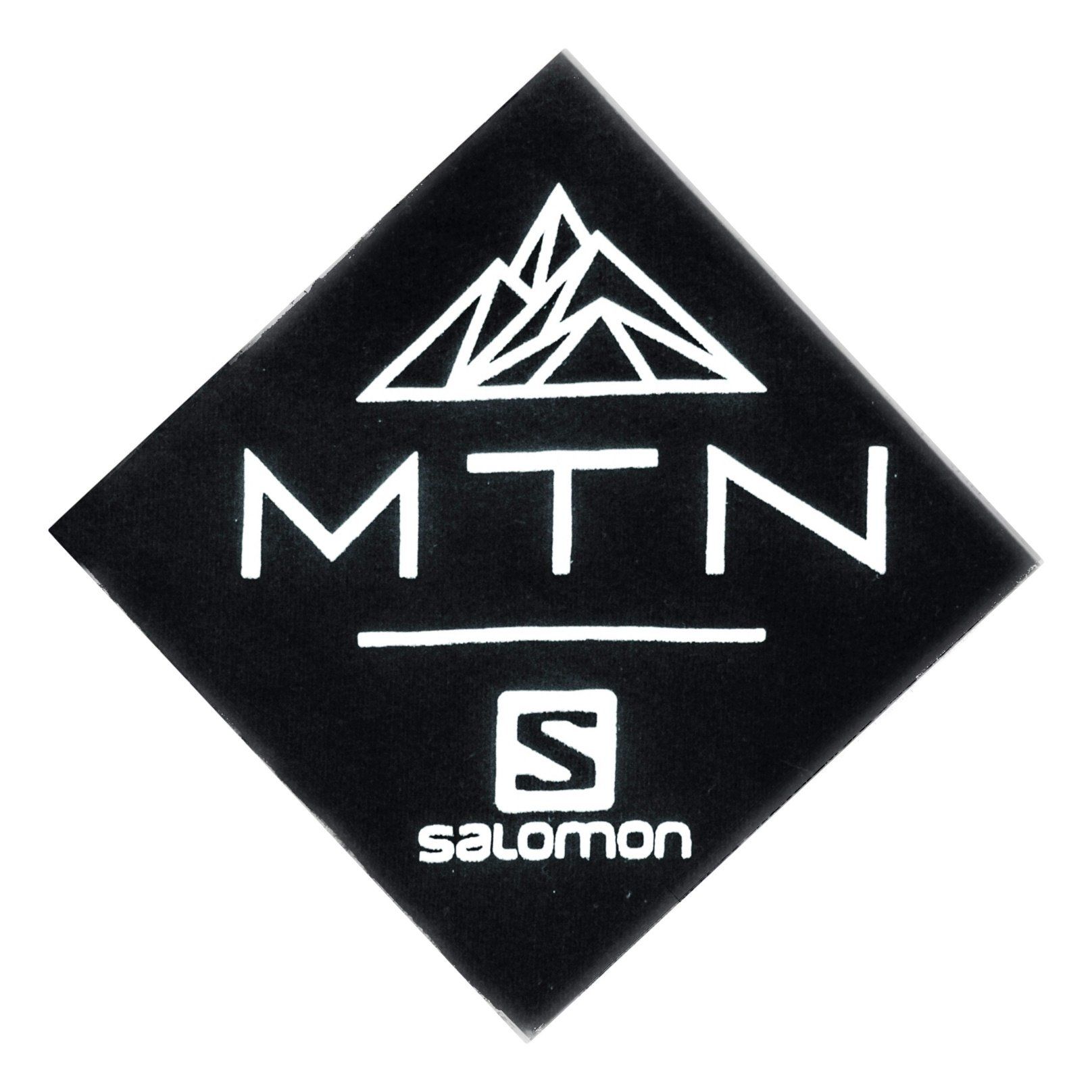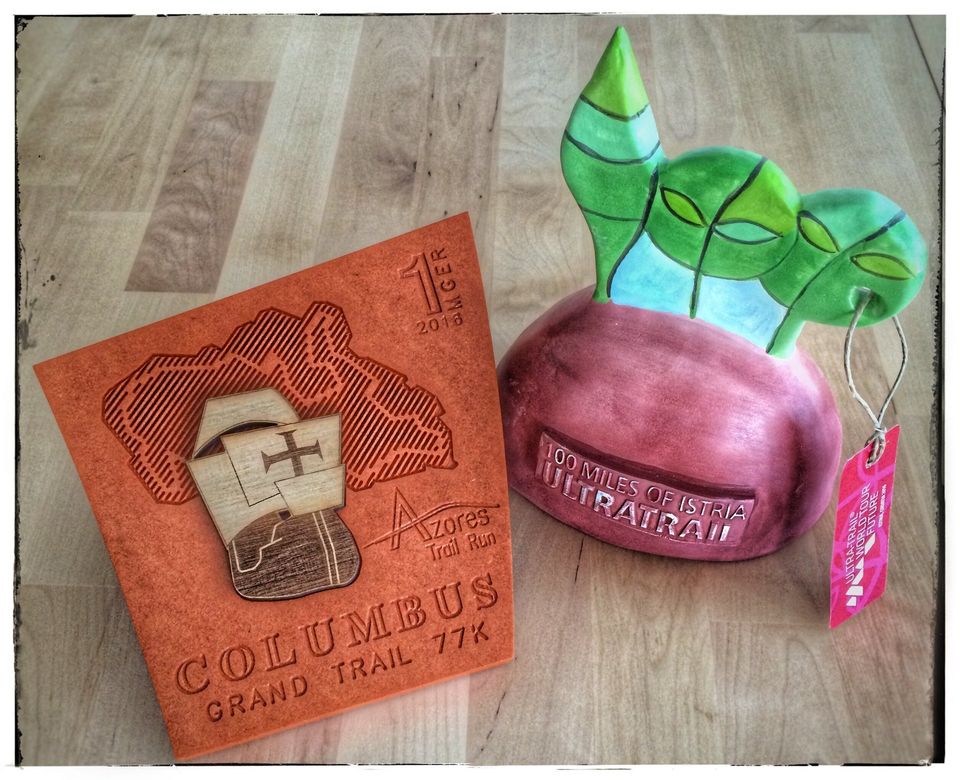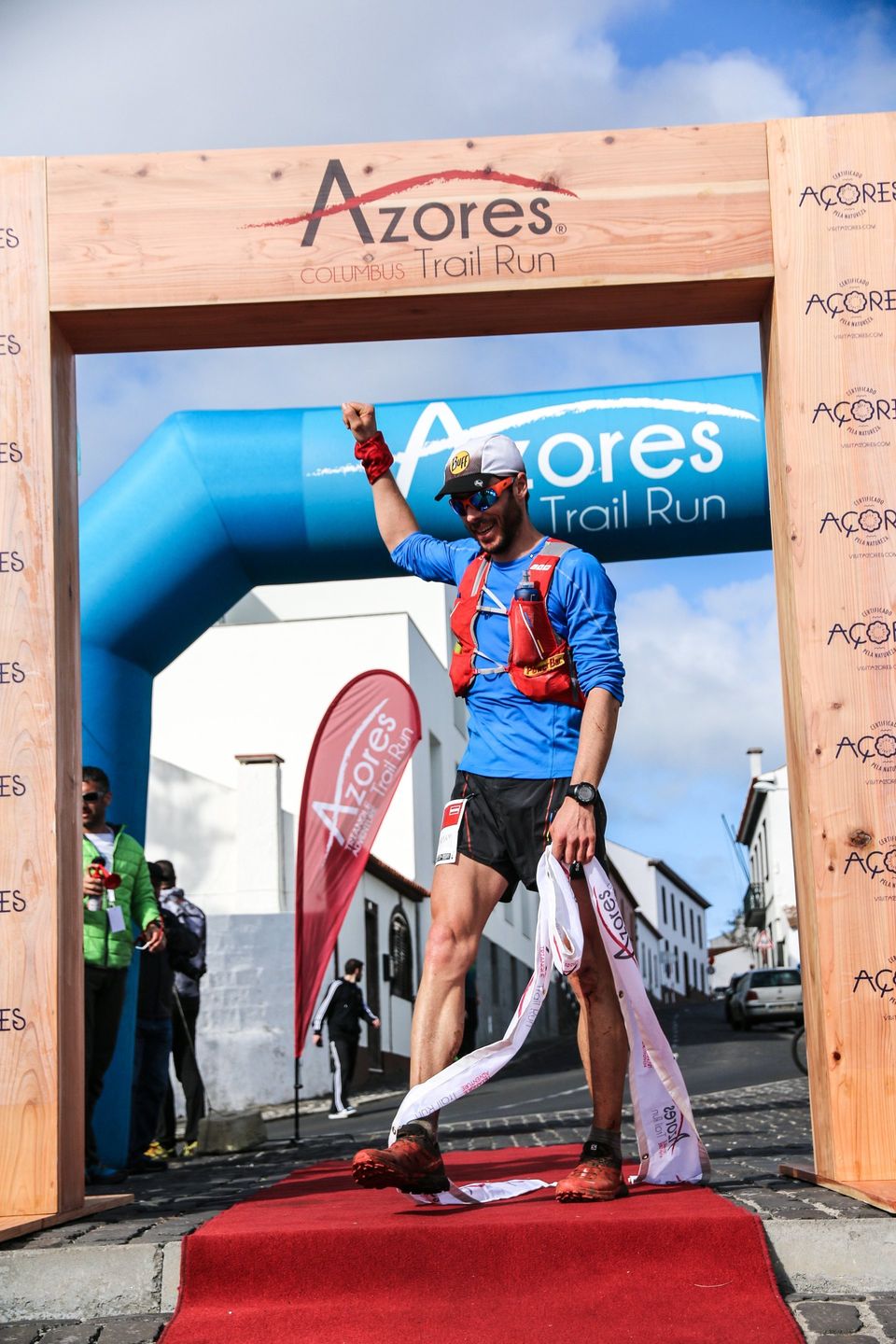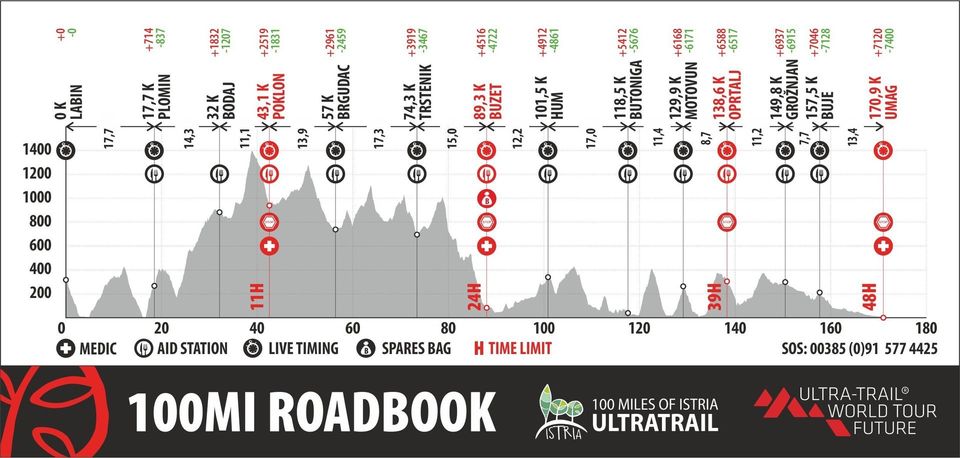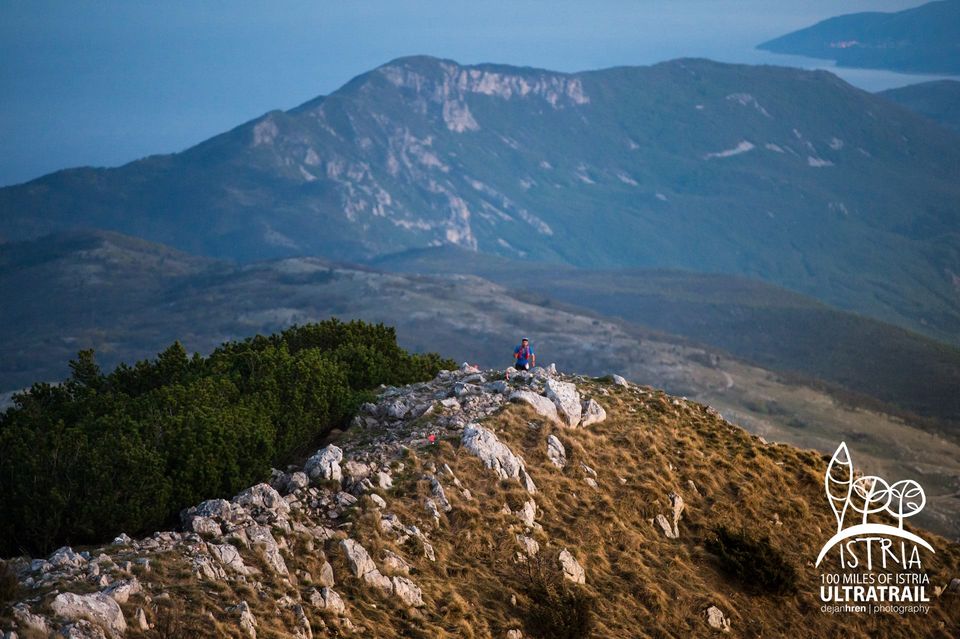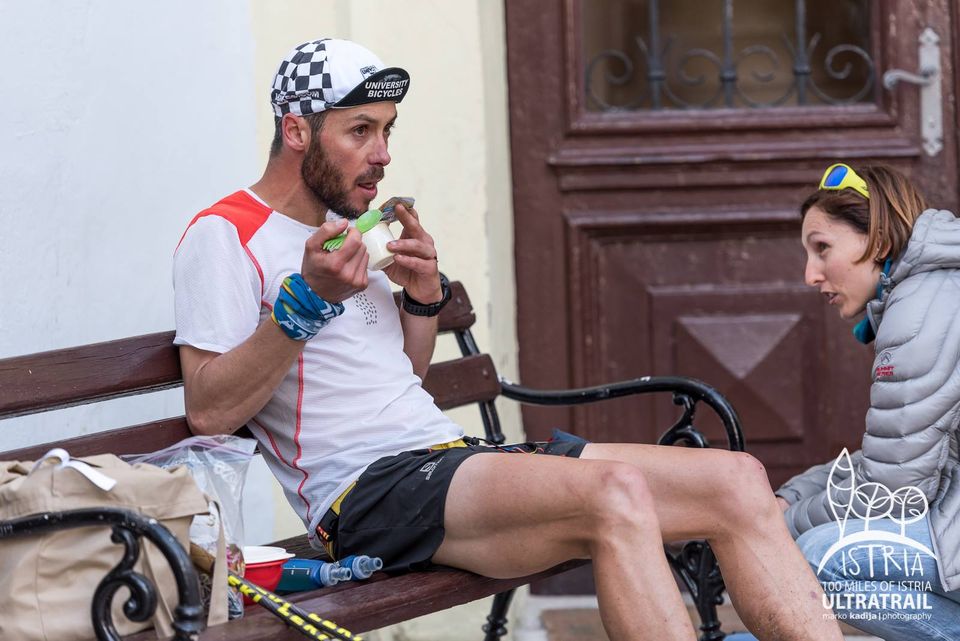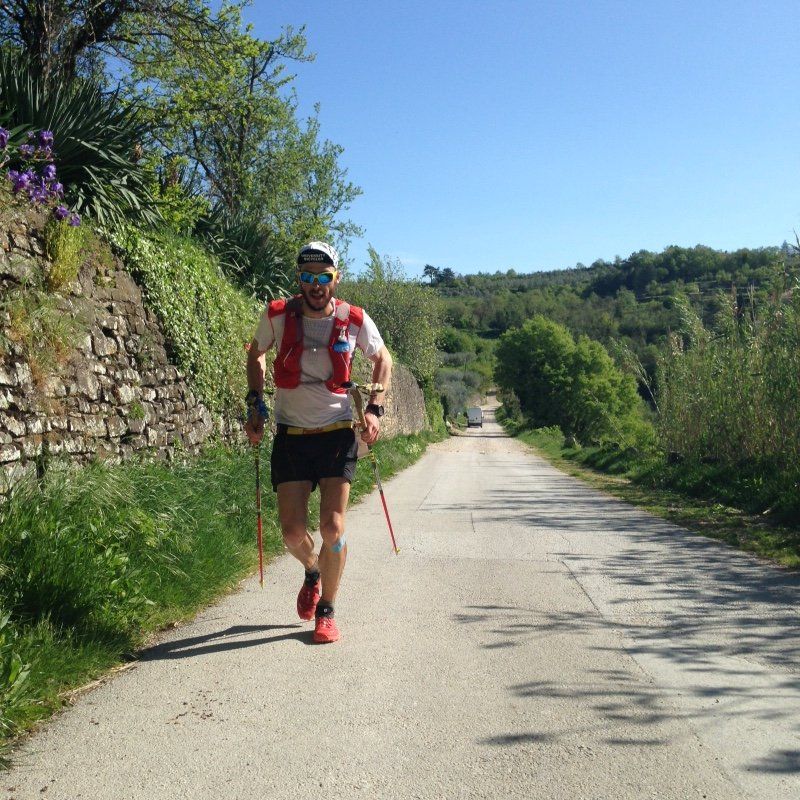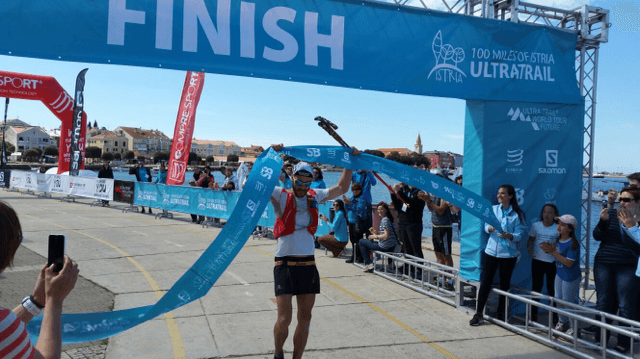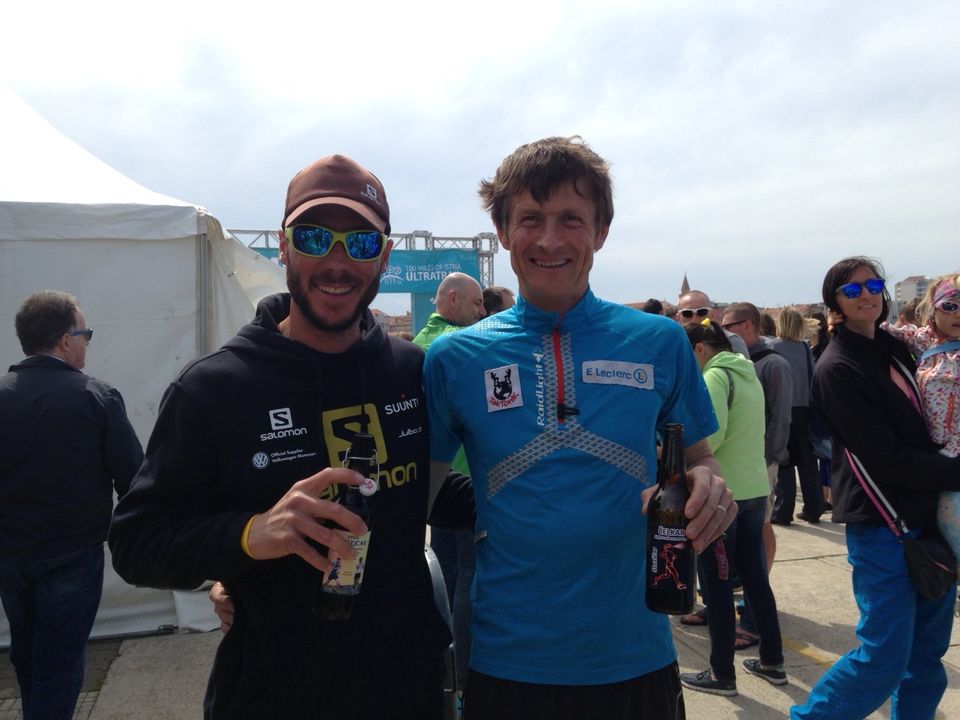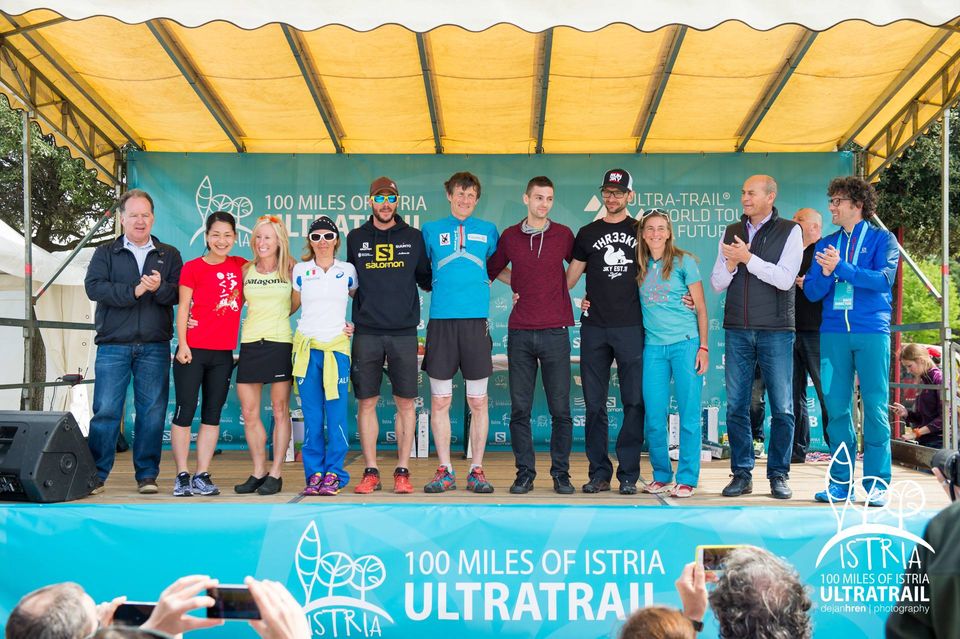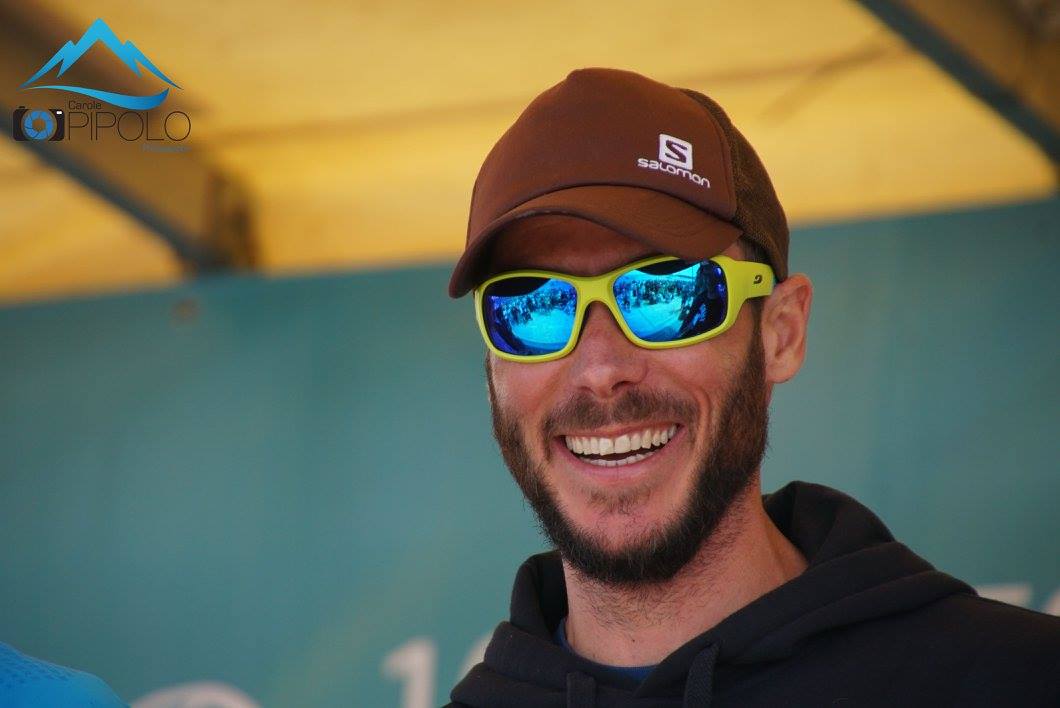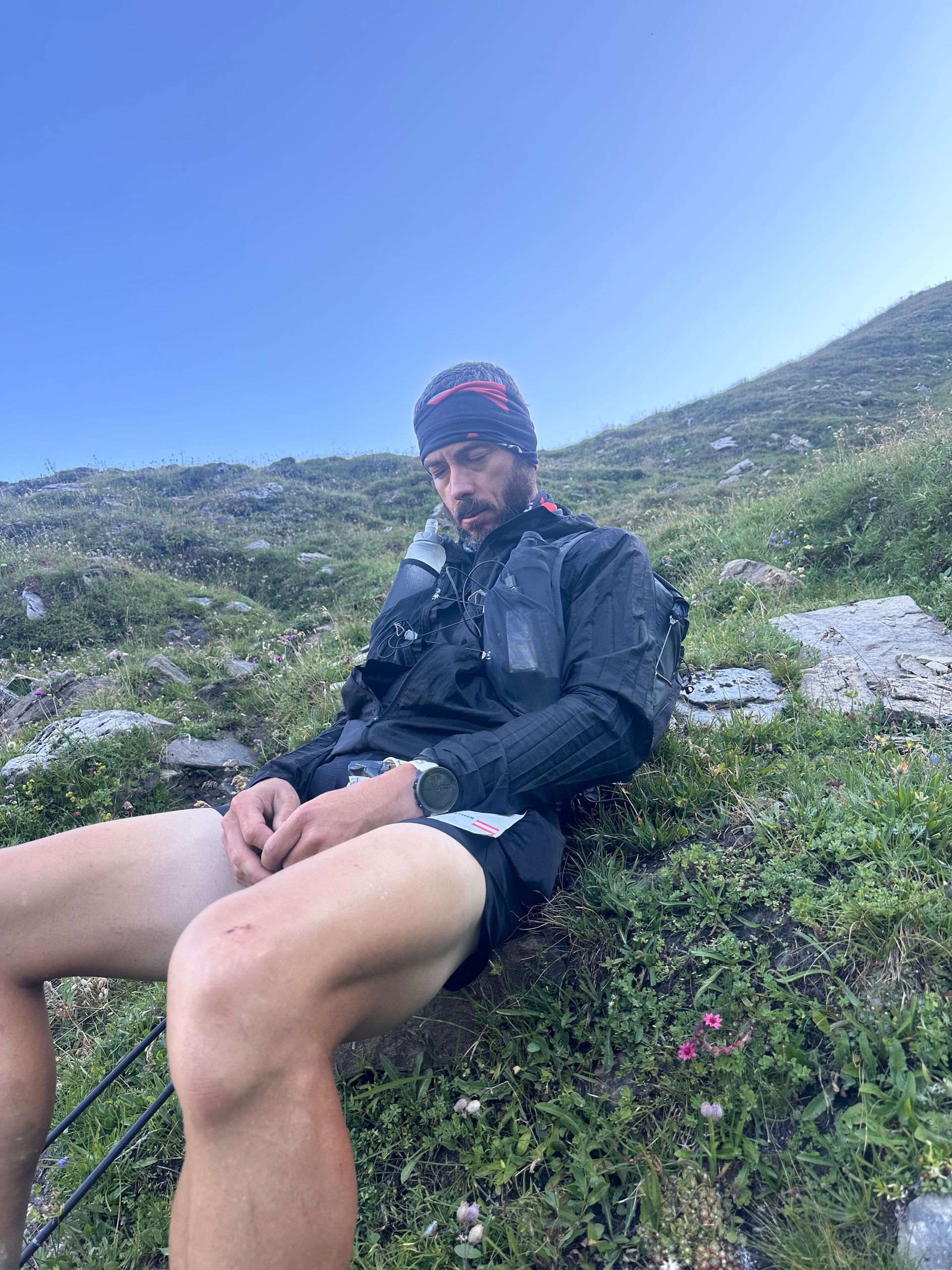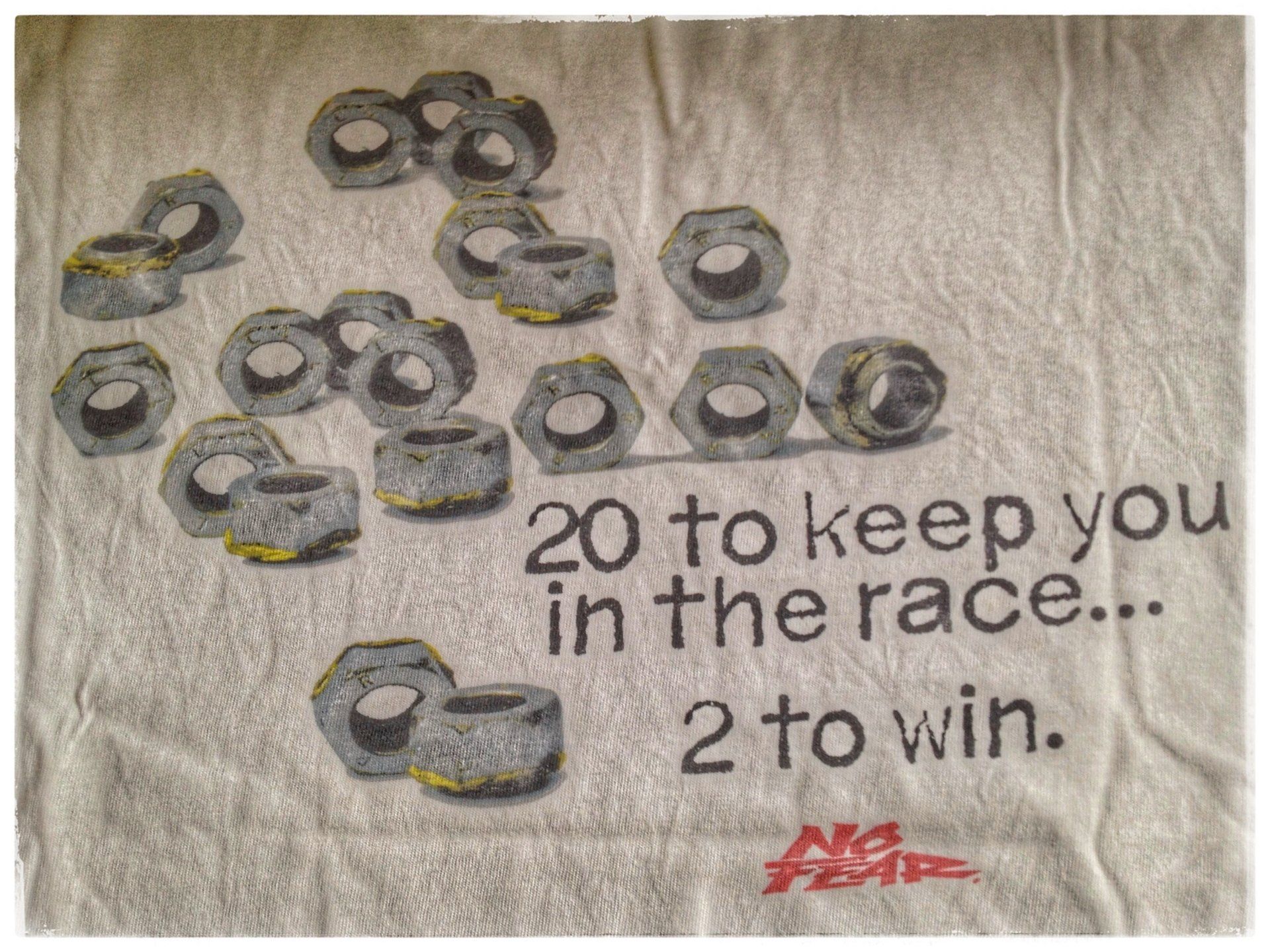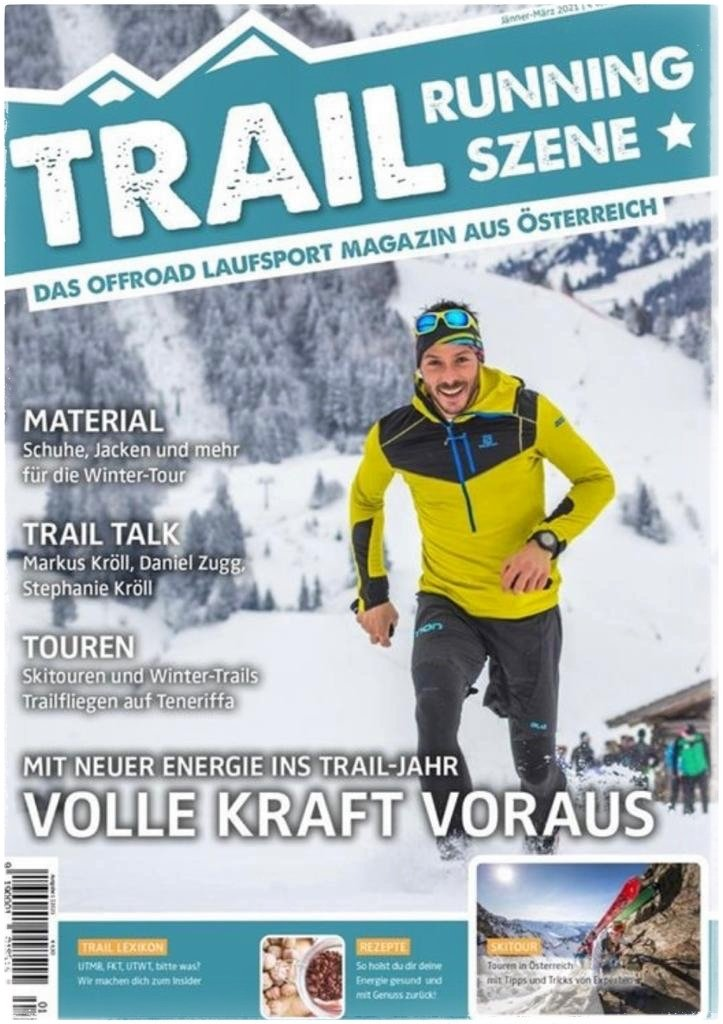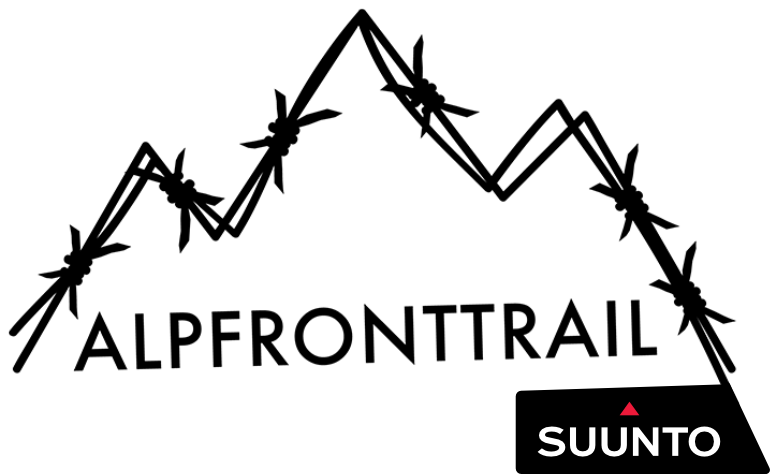Saisonstart = ZweiMalErster = Awesome ;-)
this was originally posted on the 21st of April 2016!
…a run around one of the Azores Islands and one across the Istria peninsula …
Ein Einstieg in die Saison wie man sich das nur wünschen kann. Zwei Rennen, zwei Siege. Bin super happy darüber und habe meine eigenen Erwartungen übertroffen. Trainingsmäßig war der Saisonstart sicherlich sehr gut, weil ich aufgrund des wenigen Schnees rund um Graz eigentlich den ganzen Winter durchlaufen konnte (und keinen einzigen Skitag vorzuweisen habe). Nachdem ich November und Dezember einfach ohne Plan und nach Lust und Laune rumgelaufen bin, ging es ab dem Jänner wieder etwas strukturierter zur Sache. D.h. vor allem auch kürzere und schnellere Einheiten; etwas das ich in früheren Jahren oft verabsäumt habe…
Recht kurzfristig ergibt sich Ende Februar die Chance auf einen ersten Ausflug in warme Gefilde. Beim Azores Columbus Ultra Trail (77km, 3400posHm) Ende Februar hatte ich das Privileg mit einigen Salomon Teamkollegen eine Woche vorab anzureisen und einige dieser wunderschönen Vulkaninseln laufend zu erleben. Wir sind viel gelaufen und ein richtiger „Taper“ sieht vermutlich anders aus; aber es hat einfach Spaß gemacht und außerdem war ja sonst nichts zu tun für mich (keine Zeit im Bürosessel, maximal zu viel Espresso um 56cent schlürfen). Somit bin ich sehr entspannt in das Rennen gegangen und hab mir eigentlich nicht viel erwartet. Das primäre Ziel war es die südlichste der Azoren Inseln einmal zu umrunden und dabei noch schnell die höchste Erhebung der Insel mitzunehmen. Eigentlich die perfekte Ausrede um sich so ein Inselchen gut anzusehen. Nachdem die Beine sich gut angefühlt haben, und ich mit Philipp (a.k.a. dem Zauberlehrling) mithalten konnte, stellte sich ein schöner Rhythmus ein, der mich ins „Zwischenziel“ der Marathonstrecke als inoffiziellen 5. einlaufen ließ. Sehr genial. Danach war zwar ein kleines Tief und ich musste kämpfen um wieder Fahrt aufzunehmen; aber die letzten flachen – trotzdem technisch anspruchsvollen – Kilometer liefen wieder. The „holy shit holes“, wie wir die getrockneten Kuhtrittlöcher liebevoll nannten, machten das Laufen über diese schottisch-anmutenden Weidelandschaften auch nicht viel einfacher als die „Schotterstraßen“ voll mit groben Vulkanbrocken. Aber durch die abwechslungsreiche Landschaft und dem Blick Richtung Meer verging die Inselrunde schneller als gedacht. Und der Zielmagnet sowie die Angst dann doch noch eingeholt zu werden ließen mich dann doch schneller laufen. 7:37:36 h stand am Ende am Display meiner Ambit. Erstes Rennen 2016, erster Sieg. Was will ich mehr. Und das noch mit so vielen netten Freunden und Gleichgesinnten. So darf es weitergehen… Mehr noch war es einfach das Erlebnis, oder besser gesagt die vielen, vielen Erlebnisse dieser Woche die diesen Trip unvergesslich machen. Danke dass ich mitdurfte!
[BTW: ein kurzer Bericht darüber findet sich auch im Trail Magazin, Ausgabe 3/2016]
Nach etwas Pause und dem Fokus auf längere Einheiten bzw. back2back Einheiten am Wochenende ging es dann schon bald auf die „Langdistanz“. Mitte April der erste 100 Meiler. Ok, eigentlich ein 105-Meiler, weil 173km. 100 Miles of Istria mit seinen 7120 positiven Höhenmeter. Letztes Jahr durfte ich mich als Zweiter einreihen und hab mir bei nebeligem und für diese Jahreszeit sehr kaltem Wetter einmal die Strecke angesehen. Im zweiten Jahr hilft es meist, wenn man auf das was kommt vorbereitet ist. Als Ultra Trail World Tour Future Event war das Starterfeld auch gleich nochmals etwas interessanter als letztes Jahr. Nur Marjan, der Sieger vom letzen Jahr fehlte leider. Das Wetter war freundlicher als 2015 und wir starteten auch 3 Stunden früher. Letztes Jahr ging es mit Marjan rasant los und wir haben von Anfang an Tempo gemacht. Nachdem dies funktioniert hatte und sich auch dieses Mal die Beine gleich wieder gut anfühlten, versuchte ich gleich loszulegen. Gesagt, getan. Die erste Labestation nach 18 km war in 1:29 erreicht. Alen (der Rennleiter) meinte nur: „Take care, you are too fast!“. Auch wenn es blöd klingen mag, aber langsamer wird man eh zwangsweise bei so einem langen Lauf und ich erhoffte mir so einen kleinen Vorsprung rauszulaufen. Aber nicht lange und Patrick (Bohard, FRA) hatte mich eingeholt; wir liefen zusammen über den höchsten Punkt der Strecke (dem Vojak).
Dann setzte die Nacht ein und unsere Stirnlampen arbeiteten sich voran. Ok, eigentlich bin ich den Downhill vom Vojak zur Labestation bei km 43.1 (Poklon) ohne Stirnlampe runter; ich wollte auf Patrick einfach keine Zeit verlieren. Und auch wenn es etwas riskant war, es hat einfach Spaß gemacht. Und darum waren wir ja hier. Bei km 60 hab ich mich dann leider über ein paar Wurzeln (unter einer Schicht von Blättern) ausgebreitet und der linke Oberschenkel war von nun an beleidigt. Tja, der Nachteil wenn man als Erster unterwegs ist. Patrick erarbeitete sich danach einen kleinen Vorsprung und ich konnte ihn nur mehr bei den Labestationen bei km 57 und 74.3 kruz sehen. Anyway, die klare Nacht, Mond, Sterne und die abwechslungsreiche Strecke mit durchwegs technischen Abschnitten lassen uns dahin ziehen. Buzet; Halbzeit. Km 89.3 in 9:54 h. Zeit passt und Beine sind bis auf den Oberschenkel in guter Verfassung.
Essen fassen (Suppe, Griespudding, Schokomilch) und weiter. Irgendwo dann auf der Strecke läuft ein Hirsch majestätisch vor mir her und seine Leichtigkeit macht mich neidisch. Im Nachhinein erfahre ich von Patrick dass er sogar einen Bären gesehen hat und die vielen Grabspuren am Weg lassen auf das eine oder andere Wildschwein schließen, wovon mir aber glücklicherweise keines über den Weg gelaufen ist. In Hum (meine Lieblingslabestation in diesem alten Städtchen) beginnt das Morgengrauen und mir wird das erste Mal kalt als ich wieder weiterlaufen will. Windjacke an und weiter. Der Oberschenkel macht Probleme und ich muss die Zähne zusammen beißen um es nach Motovun (km 129.9) zu schaffen. Die „fire roads“ um den Staudamm bei Butoniga sind anstrengend, die Wiese nass, und bei den Flußquerungen lauf ich teilweise einfach durch das kühle Nass. Rauf nach Motovun ist es schon Tag und die Kraft der Sonne gibt wieder etwas Energie. Oben angekommen treffe ich wieder auf Patrick und auch er hat Probleme. Leistengegend.
Gemeinsam machen wir uns auf die letzten km; es ist ja nur mehr ein Marathon 😉 …bergab muss ich Patrick ziehen lassen, die Oberschenkel wollen gerade nicht so. Kurz nach Motovun aber überholt mich Toni (Vencelj, SLO) und er sieht verdammt locker aus. Wow. Ich mobilisiere all meine Kraft um an ihm dran zu bleiben und versuche nicht auf die Oberschenkel zu hören. Es gelingt und zur nächsten Labestation geht es wieder flotter dahin. Nun als Zweiter hinter Toni. Patrick musste leider aufgeben. Kurz vor der vorletzten Labestation (Groznjan, km 149.8) überhole ich Toni, nutze meine Chance und gebe nochmals Gas.
Von Groznjan nach Buje laufe ich die 7.7km in 44:37min. Wie? Keine Ahnung. Aber mit der Angst im Nacken („running scared“) vermutlich. Die letzten 13.4 km waren dann „nur“ mehr Kopfsache und wieder einmal hat der Zielmagnet geholfen. Obwohl eigentlich ein 100-Meiler hier schon aus wäre. Aber der Gedanke kam mir heuer erst gar nicht. Die letzen Meter entlang dieser Kanäle sind schwierig. Nicht vom laufen her, vom Kopf her weil man die Küste und Umag schon riechen kann und aber nichts weitergeht. Ich laufe durch hohe Wiesen, denn ich bin der erste der „spuren“ muss. Oder besser gesagt darf, und somit gibt das dann doch irgendwie Kraft. Was für ein Gefühl auf den letzten Metern durch Umag der Uferpromenade entlang. Super happy und überglücklich. Und erschöpft. Unter 20 Std. (19:49:43h) für die 173km.
Neuer Streckenrekord. Das ist eine 6:55min/km Pace! Aber ist mir im Moment ganz egal. Ich darf Silke (a.k.a. the crew, die sich wiedermal eine Nacht für mich um die Ohren geschlagen hat um bei fast jeder Labestation mich zu versorgen!) umarmen und nach einem kleinen Interview bekomme ich mein verdientes Bierchen (welches ich nicht allzu lange unten behalte; aber das ist eine andere Geschichte).
Also dann Erholung; Beine hoch und etwas Ausruhen sowie den anderen Läufern applaudieren…
Was kann ich sagen. Es ist gut gelaufen. Und das dank all der vielen lieben Menschen um mich rum! Danke! Geniale Events (Danke Mario & Alen!), geniale Unterstützung (Danke Crew! Danke ihr Sponsoren!) und ein Trainingsplan der es mir erlaubt neben der Arbeit für solche Erlebnisse fit zu sein (Danke Seppi!) …es darf von mir aus gerne so weitergehen (laufen) 😉
aja: Zufall oder nicht; in beiden Rennen bin ich mit einem Salomon Sense Ultra SG 5 gelaufen. Kein Schuhe wechseln, nix 😉
